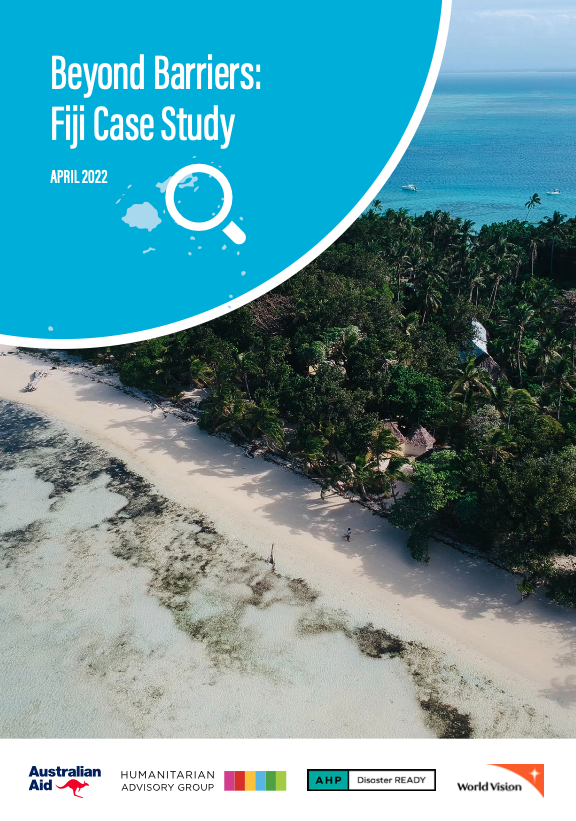Overview
Fiji is highly vulnerable to natural hazards, some of which are projected to be increasingly frequent and severe due to the changing climate. The country was ranked 14th on the World Risk Index for 2021.2 As such, disaster risk reduction (DRR) and climate change adaptation (CCA) continue to be major priorities of the Fijian government. Fiji was one of the first Pacific Island Countries (PICs) to submit a National Adaptation Plan (NAP) to the United Nations Framework Convention on Climate Change (UNFCCC) in 2018, advocating for an integrated approach to DRR and CCA. The government also recently underwent a comprehensive reform process to update laws and policies surrounding DRR and CCA. Governance structures and policies for DRR and CCA remain separate, but are explicitly interlinked. Evidence suggests that integration is occurring at the implementation level in the absence of a unifying framework or single authority. This case study explores Fiji’s progress in integration of CCA and DRR, identifying key themes and opportunities for stakeholders to advance approaches that reduce risk and enhance resilience at the community level in Fiji.







